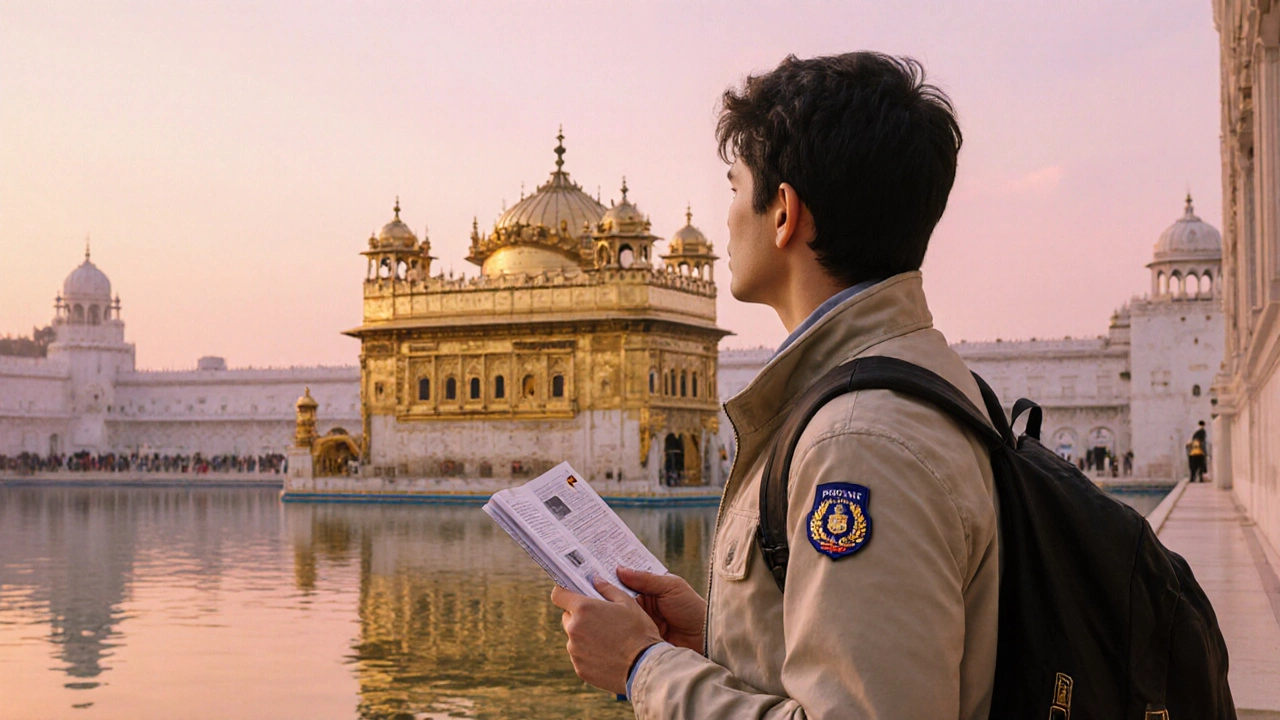Punjab Travel Tips: Essential Advice for Visiting North India's Heartland
When you think of Punjab, a vibrant state in northern India known for its rich agricultural land, deep Sikh heritage, and energetic culture. Also known as the Land of Five Rivers, it’s where the Golden Temple shines, gurdwaras feed thousands daily, and bhangra beats echo through every town. Punjab isn’t just a stop on the North India circuit—it’s a full sensory experience that demands respect, curiosity, and a hungry stomach.
What makes Punjab different from other Indian states? It’s the rhythm of life here. People are direct, warm, and proud of their food, faith, and history. If you’re visiting for the first time, you’ll notice how every street corner has a langar—free meals served by volunteers at gurdwaras, open to everyone regardless of religion or background. This isn’t just charity; it’s a core part of Sikh identity. You don’t need to be religious to benefit from it. Just show up, sit on the floor, eat with your hands, and say thank you. That’s the Punjab way.
Don’t miss the Golden Temple, the holiest site in Sikhism, located in Amritsar. Also known as Harmandir Sahib, it’s not just a temple—it’s a living community. Thousands wash their feet before entering, cover their heads with scarves (available for free at the entrance), and walk barefoot around the sacred pool. The marble glows at sunrise, the hymns float over the water, and the air smells of incense and freshly made prasad. It’s peaceful, powerful, and unforgettable. Bring cash for offerings, wear modest clothes, and be ready to wait in line. The wait is part of the experience.
Food in Punjab is bold, buttery, and unforgettable. If you’ve had butter chicken or paneer tikka elsewhere, you haven’t had it until you’ve had it here. The rotis are thicker, the dal richer, and the lassi—sweet or salty—frothy and cold. In Amritsar, try the legendary Amritsari kulcha at a roadside stall, or grab a plate of sarson ka saag with makki di roti in a village home. Avoid overly greasy tourist traps; follow the locals. If a place is packed with Punjabis at 8 a.m., that’s your sign.
Transport in Punjab is easy if you know how. Taxis and auto-rickshaws are cheap, but always agree on the fare before you go. For longer trips—like from Amritsar to Ludhiana or Patiala—book a private driver through a trusted service. The roads are generally good, and the countryside is lush with wheat fields and farmhouses. Don’t skip the rural areas. That’s where you’ll find the real Punjab: farmers in turbans, women singing while grinding grain, and kids chasing cows down dusty lanes.
Timing matters. Winter (October to March) is the best season—cool, dry, and perfect for walking around temples and markets. Avoid summer (April to June) unless you love sweat and dust. If you’re here in March, catch Vaisakhi, the biggest festival in Punjab. The streets explode with color, music, and parades. Crowds are huge, but the energy? Unmatched.
Respect the customs. Don’t point your feet at religious spaces. Don’t touch anyone’s head—not even a child’s. Don’t refuse food if offered; it’s a sign of welcome. And never, ever disrespect the Guru Granth Sahib. This isn’t just a book—it’s treated like a living guru. Cover your head, sit low, and stay quiet near it.
What you’ll find below are real, tested tips from people who’ve traveled Punjab—not just passed through it. From how to avoid tourist traps in Amritsar, to where to find the best lassi in Jalandhar, to why you should skip the hotel buffet and eat where the drivers eat. These aren’t generic lists. They’re the kind of advice you get from someone who’s been there, asked the right questions, and came back full—not just of food, but of meaning.
Punjab Travel Safety: What Tourists Need to Know
Discover how safe Punjab is for tourists with a detailed guide covering crime, health, transport, women's safety, emergency contacts, and practical tips.
Read more